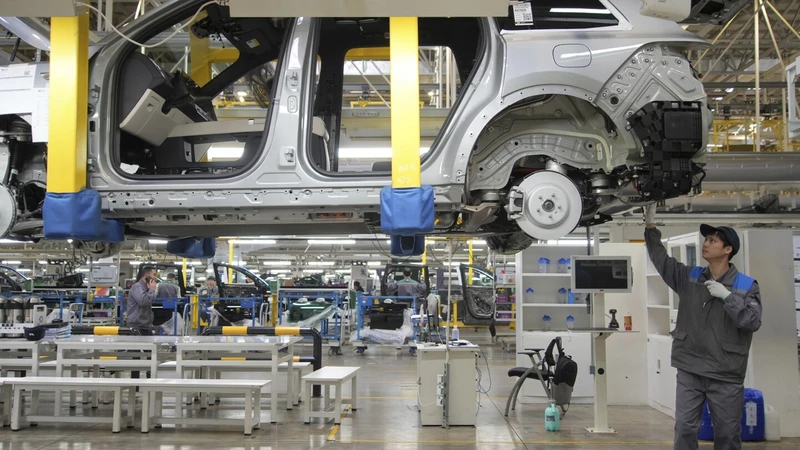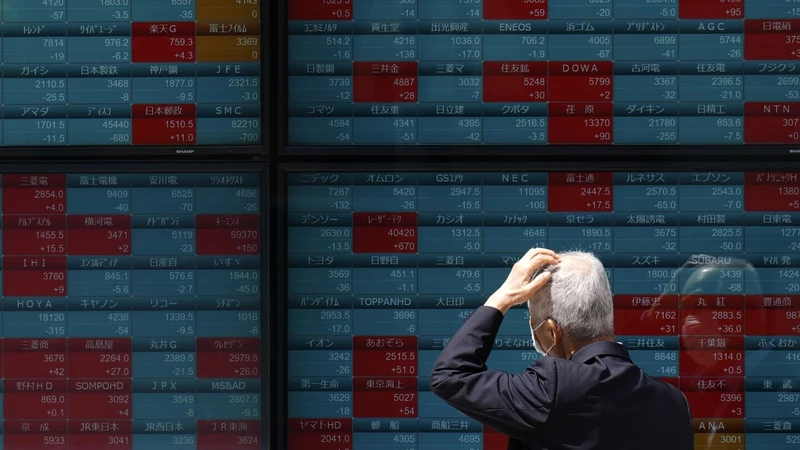
China's Manufacturing Roars Back to Life in March
Manufacturing in China seems to be bouncing back from a five-month slump, with the official purchasing managers index (PMI) rising to 50.8 in March from 49.1 in February. This development hints at a resurgence in industrial activities post the Lunar New Year holiday. The PMI scale, going up to 100, indicates expansion and contraction with 50 as the middle ground. Over the last year, the manufacturing PMI has predominantly lingered below 50, showcasing growth only in September besides the current uptick.
As per National Bureau of Statistics senior statistician Zhao Qinghe, the market has seen heightened activity following the holiday as companies resumed and accelerated production. While the Lunar New Year break saw many factories halting operations, some workers were reportedly on a 140-day hiatus due to a dearth of new orders. Zhao pointed out persistent challenges including escalating industry competition and sluggish market demand as indicated by the survey findings.
During the National People’s Congress in March, China outlined plans to boost domestic demand by incentivizing consumers to ditch old appliances for electric vehicles and upgrade industries with 10.4 billion yuan investment. Zhao stressed the necessity of robust implementation of these policies to foster high-quality development in manufacturing. The non-manufacturing PMI also saw an upswing to 53 in March from 51.4 in February, underpinning the broader economic recovery.
Despite the positive manufacturing and non-manufacturing PMI trends, China’s economic rebound faces hurdles. Notably, the real estate sector witnessed a downturn post-authorities clamping down on excessive borrowing by property developers. The path to recovery for the world’s second-largest economy is fraught with challenges, underscoring the need for strategic policies to navigate through the uncertainties.
The data from the recent survey paints a mixed picture of China’s economic landscape, with manufacturing showing signs of revival while non-manufacturing sectors also gaining traction. As the global economy grapples with post-pandemic shocks, China’s efforts to stimulate domestic consumption and modernize industries are critical for sustaining growth momentum. The road ahead may be bumpy, but with sound policy implementation and adaptive strategies, China could ride the waves of uncertainty towards a more stable economic future.




